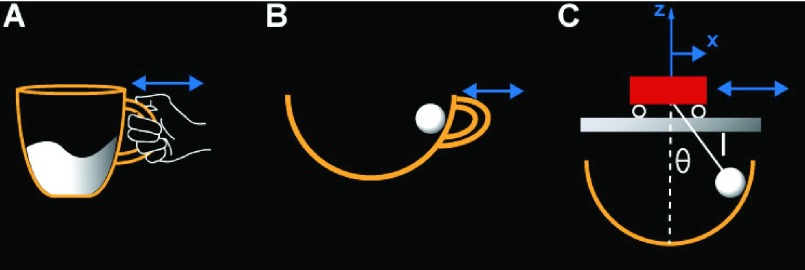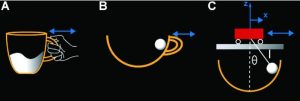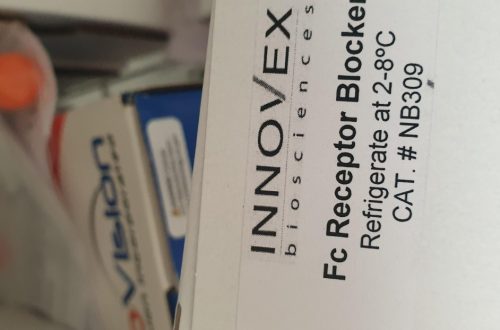
Portable Motion-Analysis Device for Upper-Limb Research, Assessment, and Rehabilitation in Non-Laboratory Settings.
This research presents the design and feasibility testing of an interactive moveable motion-analysis machine for the evaluation of upper-limb motor capabilities in medical and dwelling settings.
The machine engages topics to carry out duties that imitate actions of every day residing, e.g. consuming from a cup and transferring different advanced objects.
Sitting at a magnetic desk topics maintain a 3D printed cup with an adjustable magnet and transfer this cup on the desk to targets that may be drawn on the desk floor. A ball rolling contained in the cup can improve the duty problem by introducing extra dynamics.
A single video digital camera with a transportable pc tracks real-time kinematics of the cup and the rolling ball utilizing a custom-developed, color-based computer-vision algorithm. Preliminary verification with marker-based 3D-motion seize demonstrated that the machine produces correct kinematic measurements. Based on the real-time 2D cup coordinates, audio-visual suggestions about efficiency might be delivered to extend motivation.
The feasibility of utilizing this machine in medical diagnostics is demonstrated on 2 neurotypical kids and additionally Three kids with upper-extremity impairments in the hospital, the place standard motion-analysis programs are tough to make use of.
The machine meets key wants for medical follow:
1) a transportable answer for quantitative motor evaluation for upper-limb motion problems at non-laboratory medical settings,
2) a low-cost rehabilitation machine that may improve the amount of in-home bodily remedy, and
3) the machine affords testing and coaching a wide range of motor duties impressed by every day challenges to boost self-confidence to take part in day-to-day actions.

Using a design-based analysis framework to refine a fascinating difficulties exercise for sterile compounding in a skills-based laboratory course.
Design-based analysis (DBR) processes purpose to attach academic analysis with tutorial methods by specializing in the event and analysis of a number of iterations of studying actions for systematic enchancment inside studying environments.
Desirable difficulties (DD) are purposeful challenges launched to facilitate deeper studying of fabric. The objective of this work was to judge a second iteration of a sterile compounding DD research in the context of DBR in order to permit for the identification and refinement of the tutorial strategies.In this second iteration, physician of pharmacy college students in their second skilled 12 months had been uncovered to each a mechanical and mathematical problem in sterile compounding coaching.
Afterwards, college students accomplished a questionnaire to price their change in confidence and mirror on the exercise.An improve in confidence in sterile compounding expertise was seen by the bulk (97.9%) of scholars. Students’ reflections highlighted features in strategic information, cut up between inside and exterior methods.
Course instructors noticed worth in the refinement of a DD sterile compounding exercise and plan to proceed incorporating DBR processes in order to permit for the additional enchancment of this academic technique. Faculty at different establishments might apply these processes to additional refine a wide range of academic actions.

